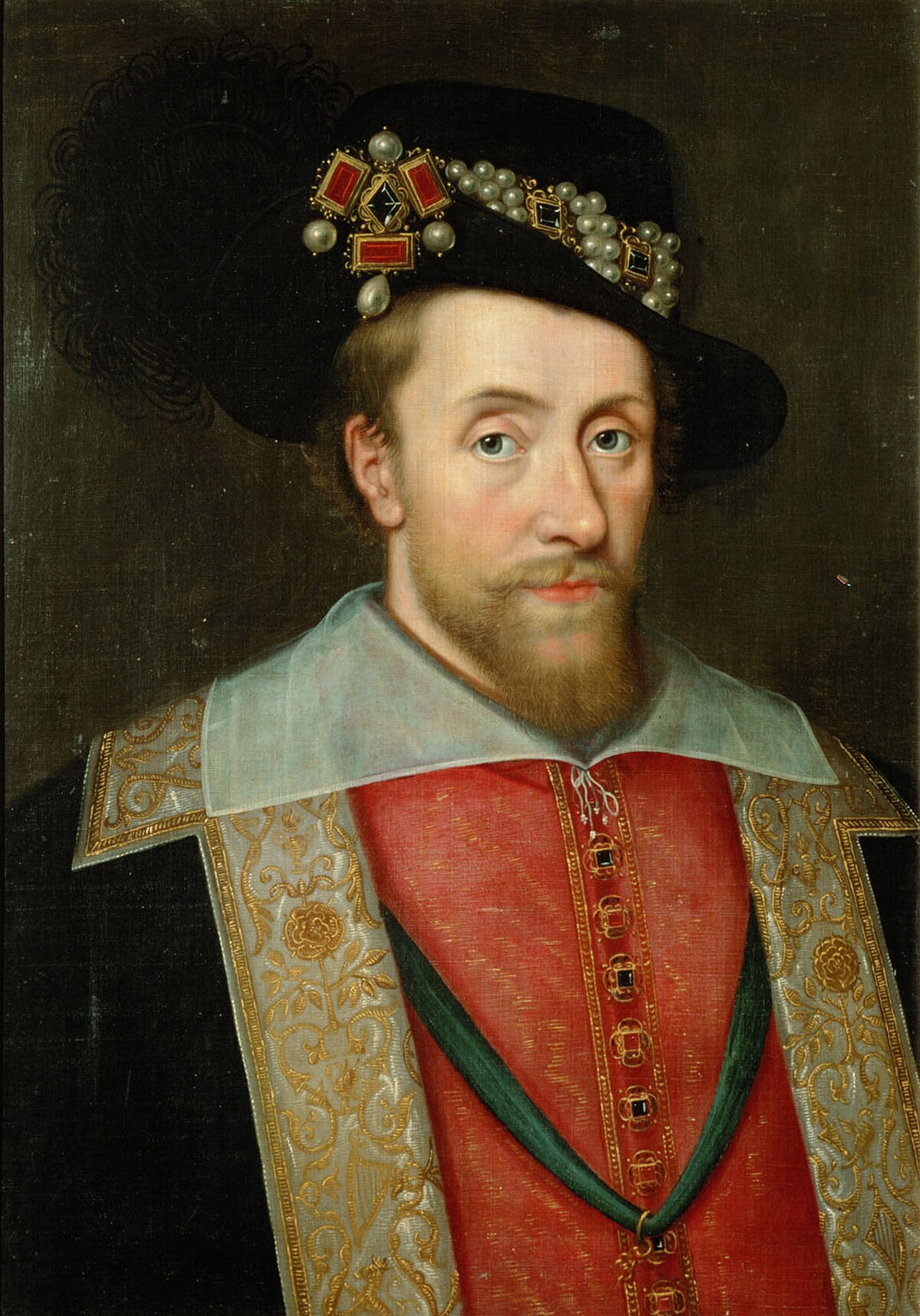
Union of the Crowns
United KingdomThe Union of the Crowns was the accession of James VI of Scotland to the throne of England as James I, effectively uniting the two realms under one monarch on 24 March 1603. This followed the death of Elizabeth I of England, the last Tudor monarch. The union was dynastic, with England and Scotland remaining distinct entities despite James's efforts to create a new imperial throne. The two kingdoms shared a monarch who directed their domestic and foreign policies until the Acts of Union of 1707, except during the republican interregnum in the 1650s when Oliver Cromwell's Commonwealth temporarily unified them.
The early 16th-century marriage of James IV of Scotland to Margaret Tudor, Henry VII of England's daughter, was intended to end hostilities between the nations and brought the Stuarts into England's line of succession. However, this peace was short-lived, with renewed conflicts such as the Battle of Flodden in 1513. By the late 16th century, with the Tudor line nearing extinction, James VI of Scotland emerged as the most acceptable heir to Elizabeth I.
From 1601, English politicians, notably Sir Robert Cecil, corresponded secretly with James to ensure a smooth succession. Upon Elizabeth's death on 24 March 1603, James was proclaimed king in London without protest. He traveled to London, where he was received enthusiastically, though he returned to Scotland only once, in 1617.
James's ambition to be titled King of Great Britain faced resistance from the English Parliament, which was reluctant to merge the two kingdoms fully. Despite this, James unilaterally assumed the title of King of Great Britain in 1604, though this was met with little enthusiasm from both English and Scottish parliaments.
In 1604, both parliaments appointed commissioners to explore a more perfect union. The Union Commission made some progress on issues like border laws, trade, and citizenship. However, free trade and equal rights were contentious, with fears of job threats from Scots migrating to England. The legal status of those born after the Union, known as post nati, was decided in Calvin's Case (1608), granting property rights to all the king's subjects under English common law.
Scottish aristocrats sought high positions in the English government, often facing scorn and satire from English courtiers. Anti-English sentiment also grew in Scotland, with literary works criticizing the English. By 1605, it was clear that achieving a full union was impossible due to mutual obstinacy, and James abandoned the idea for the time being, hoping that time would resolve the issues.
Ask Herodotus
HistoryMaps Shop

Heroes of the American Revolution Painting
Explore the rich history of the American Revolution through this captivating painting of the Continental Army. Perfect for history enthusiasts and art collectors, this piece brings to life the bravery and struggles of early American soldiers.








